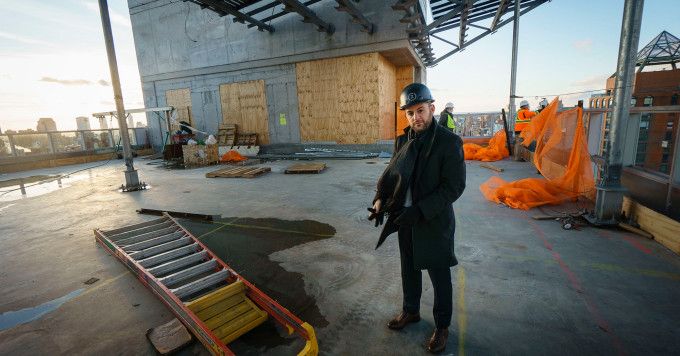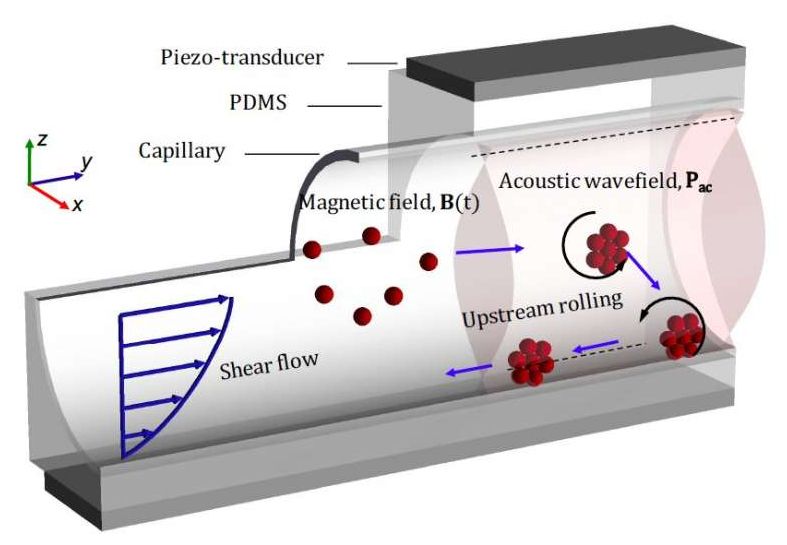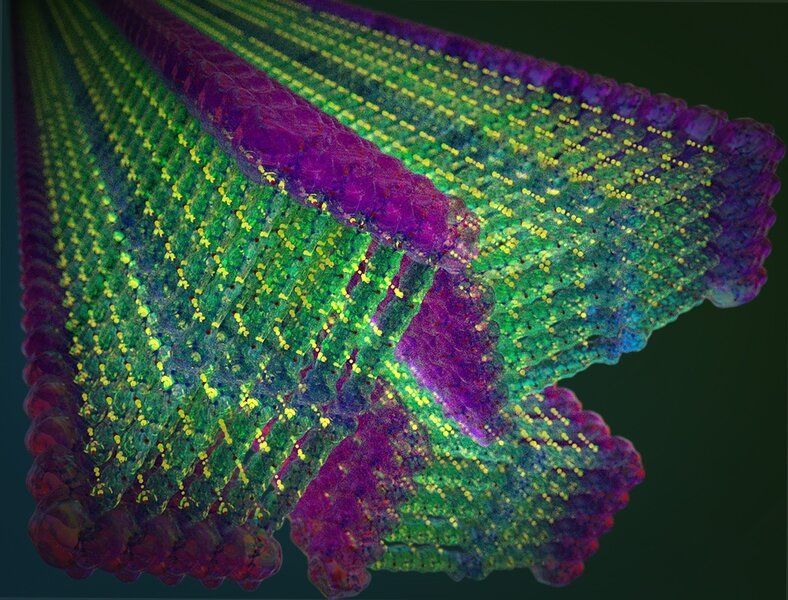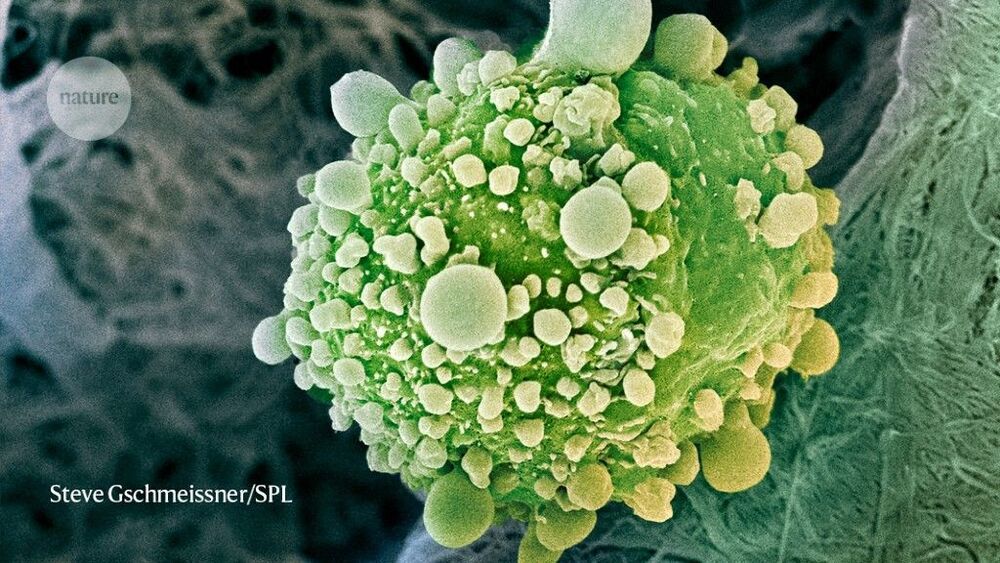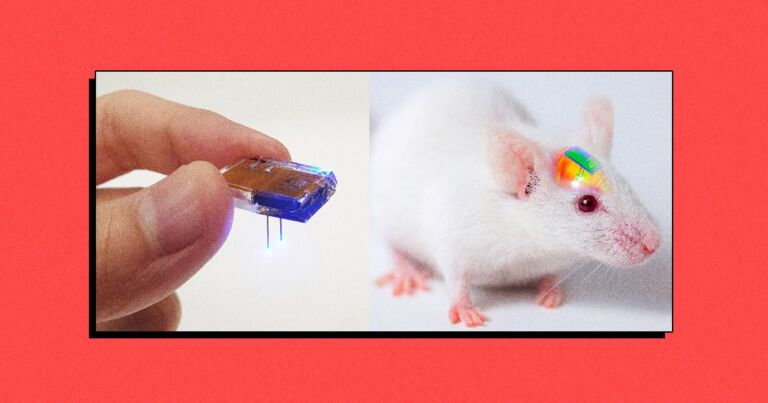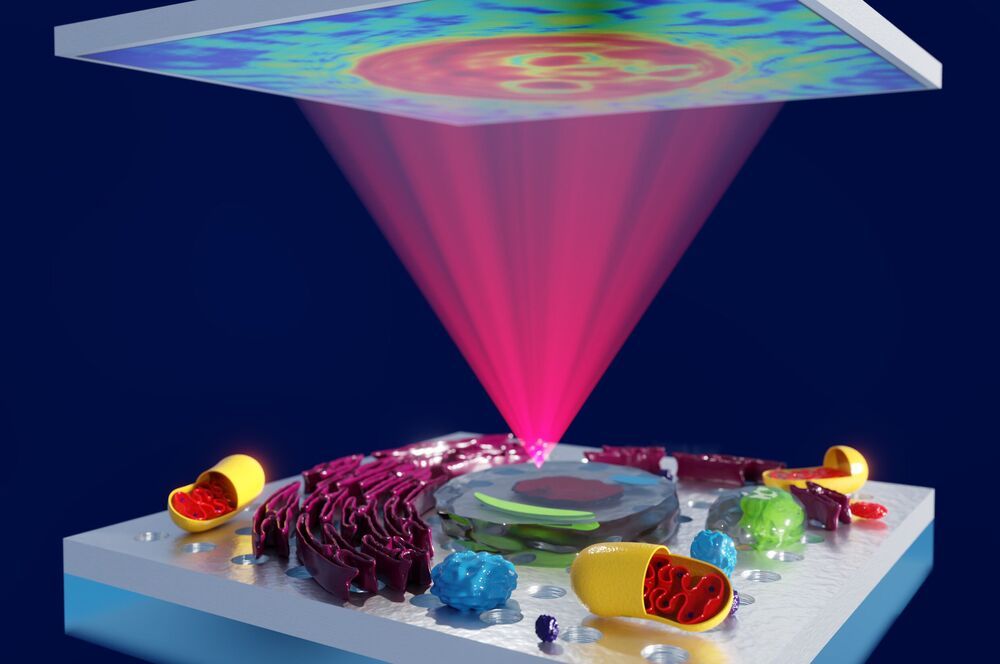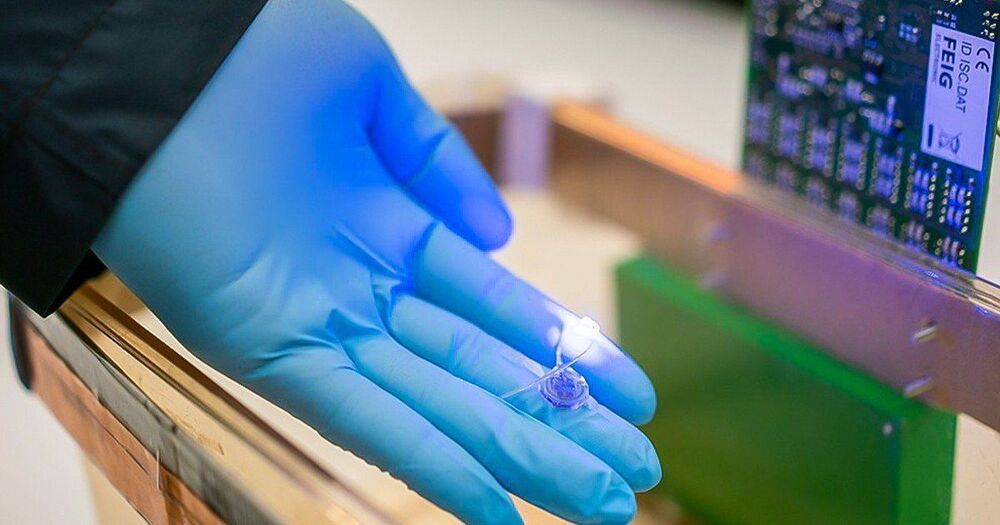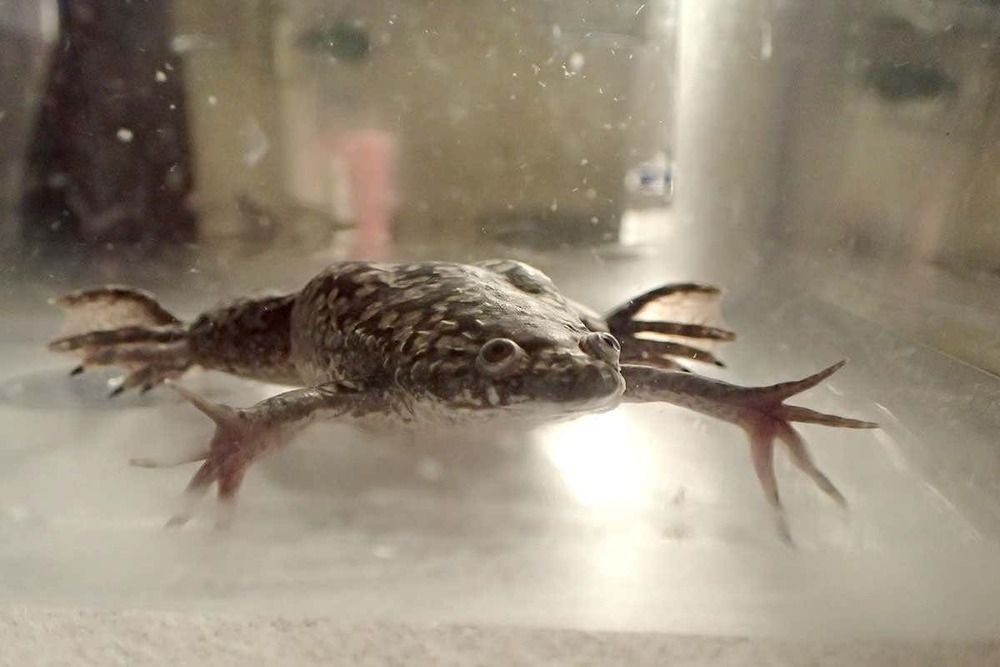COVID-19 may have shocked the city’s commercial market but that hasn’t stopped developers from doing what they do best. In fact, a bevy of newly constructed and redeveloped towers are poised to hit the market in Manhattan.
Industry experts told The Post that it will be those new buildings, designed with cutting-edge tech and with future pandemics in mind, that will have the greatest advantage on the market.
“There is no question the buildings provisioned for the 21st century-plus are going to be in a better position to cash in on the leasing opportunities ahead,” said David Goldstein, vice chairman of real estate services provider Savills. “It could be an older building reimagined, or a new one under construction or in planning stages.”
